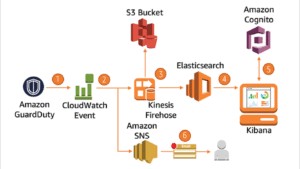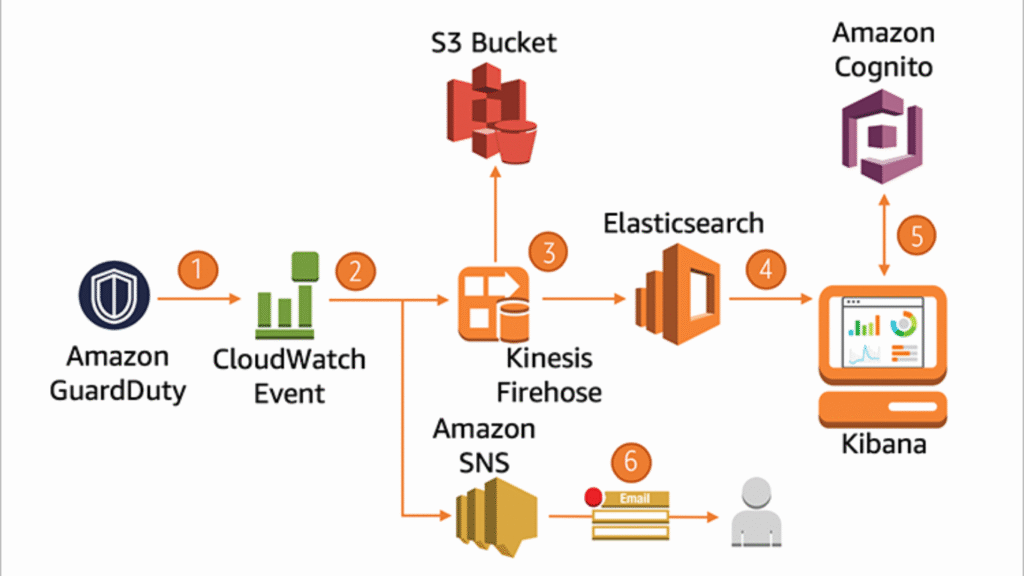Solving a business problem is more than the general perspective of other individuals outside the business analysis field. To the experts, it involves some careful understanding and analysis of the problem, seeking proven solutions, and working with other team members to execute the project successfully.
Perhaps, this is the reason why analysts are expected to have enough communication skills, teamwork, and analytical thinking skills developed during their free business analysis training course to fit the role perfectly.
If you’re looking for the perfect breakdown of the processes involved in solving business problems, you’re at the right stop. In this article, we’ll be discussing these steps and their possible pitfalls to be avoided.
Let’s get started.
- Problem Definition
This is the first stage involved for a business analyst to solve the business problem. Since there is a problem, it is important to define what it is and understand the scope involved. The key elements of this stage involve gathering relevant information, validating it, and analyzing the information.
The problem definition stage also makes it easy to break down the intricacies of the problem to the barest minimum for experts to work on. However, when a problem is too elaborate or too narrow, it gives the experts problems in actually defining the problem. If you’re trying to get into a business analysis career, a good way to begin is by joining the business analysis training and placement. With this, you’ll be exposed to the perfect way to define a problem.
- Solution Search
After defining the problem, the next process is searching for solutions to them. This is a process that involves the whole team of experts working on the project.
The potential solutions the experts will develop have to align with the scope of the business, its goals, and objectives too. Likewise, it has to be very realistic with proven results.
At this stage, many business analysts would prefer to work with the simplest of all methods due to different factors including limited time and others. However, it often turns out to be the worst decision because the chosen solution may not work well in solving the problem at hand.
A good way to scale through this problem is by relating all the solutions to the business stakeholders right from the beginning. This way, the deliberation will be made and the perfect solution technique will be chosen.
- Selecting the best solution method
Since the potential methods have been listed out, the next stage involves selecting the best for the problem. At this stage, there will be an assessment of each solution for the business analysts who will relay all the information to the stakeholders. One common method used to eliminate solutions is the cost-benefit approach. With this, the methods will be compared against the others.
Another method that helps business analysts select the best solution is the Proof of Concept technique. This is one of the common concepts you’ll be learning during the free business analysis training and placement.
- Implementation of the solution
After selecting the best method, you need to perfectly implement it into the business. At this stage, the business analyst will collaborate with the Project Manager’s team to execute the task.
- Testing Problem Solution
Here, the solution to the problems is tested and this may be continuous until the experts are sure of the resolution of the problem. Here, the question ‘Is the problem solved completely’ will be asked and answers will be given based on the results from the expert’s table.
- Solution adjustment
If there is a dent in some areas of the solution, there will be a need for adjustment. Sometimes, it may be a result of some changes in the project which will lead to revisiting the solution idea.
Either way, the analysts have to proffer improved solutions to meet up with the already implemented business idea.
That’s all about the 6 stages involved in solving a business problem for business analysts.
Conclusion
A business analyst understands the processes involved in their project after a series of business analysis training courses. Now that you have all the six steps involved in solving the problems, you need to get started in practising and achieving the desired results just like seasoned professionals.
Good luck!

























